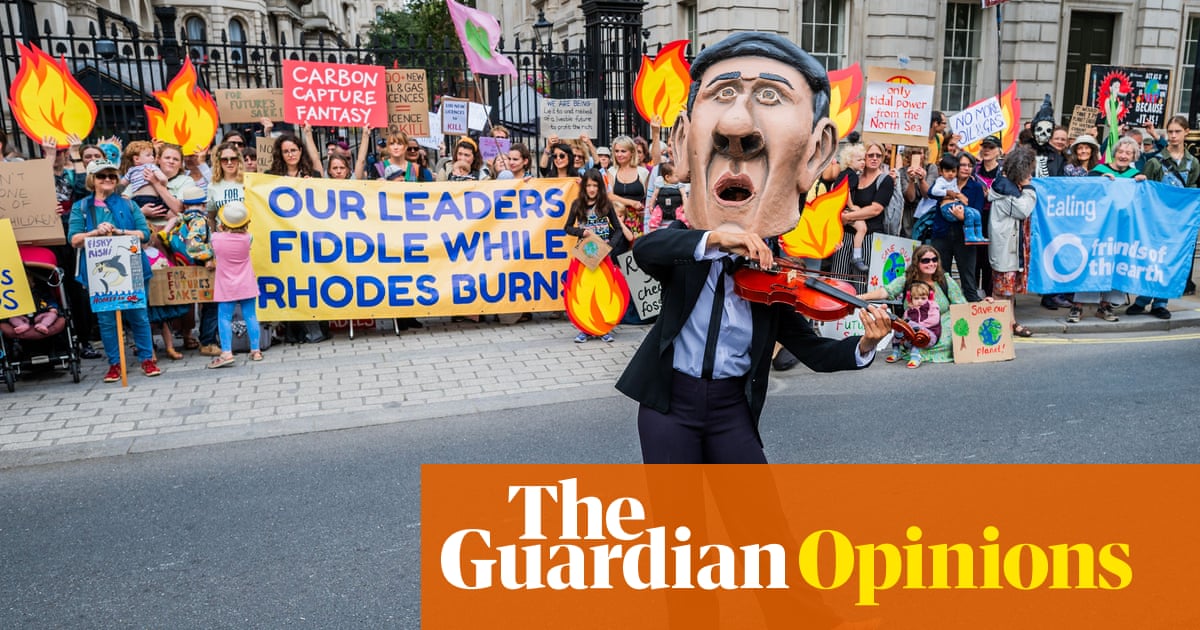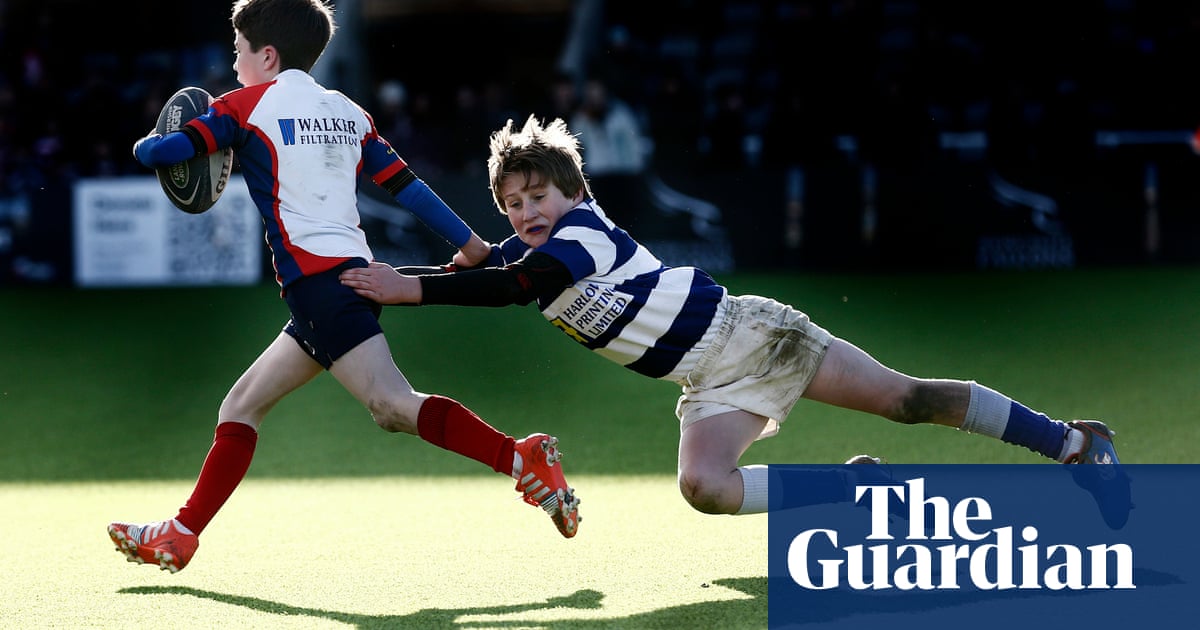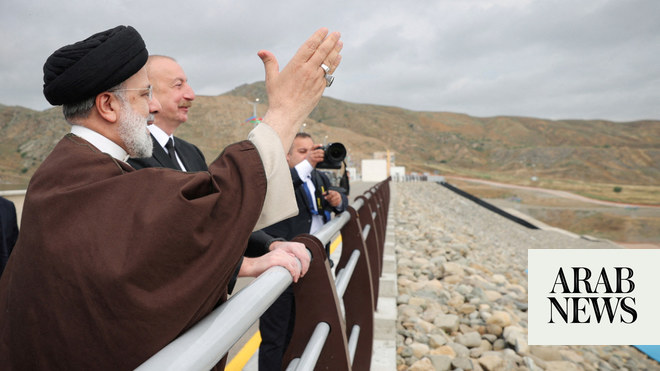
After the Met officer Martyn Blake was charged in 2023 with killing Chris Kaba, scores of his colleagues put down their guns in protest.
But the outrage was not limited to the rank and file: the home secretary, Suella Braverman, publicly condemned the decision, and was followed by the Met commissioner, Sir Mark Rowley. This, in turn, led to an emergency legal hearing to address concerns about prejudicing the coming trial.
And now, after a murder trial has ended in Blake’s acquittal, the row is likely not only to become public once again, but intensify in its vehemence.
The killing of Kaba, 24, in south London on 5 September 2022 was the latest chapter in a long debate over how Britain deals with fatal shootings by agents of the state.
In the past, they have led to the worst riots to blight England since the war and mental anguish for those involved, including the families of both gunman and victim. There has also been pressure for reform of criminal and human rights laws – and how those using state-sanctioned lethal powers are held to account.
But the loudest voices in Blake’s defence will say he was mistreated, and that firearms officers need greater protections against prosecution. Police chiefs have been pressing for this and the government is considering whether to act, the Guardian understands.
The Old Bailey trial that ended on Monday concerned just 13 seconds of activity: from the police stop of the Audi Q8 Kaba was driving to the point Blake fired a single bullet through the windscreen and into Kaba’s head.
Police believed the Audi had been involved in a firearms incident in south London the previous night.
Those outraged by Blake’s treatment view him as a dedicated public servant, put through the indignity of a murder trial..
Blake’s picture cannot be published and he fought to remain anonymous.
Kaba had been on the phone and realised he was being followed, telling a friend: “I think there is police behind me.”
The marked BMW car, in which Blake was sitting, was waiting in Kirkstall Gardens, a residential road in Streatham, as a police helicopter hovered overhead.
A white Tesla was parked on the left-hand side of the road , with a blue van parked on the other. As the Audi turned in, Blake’s BMW pulled in between the two civilian vehicles, creating a block at the front of the Audi.
Behind Kaba’s car, creating a rear block, was an unmarked police Volvo. It came to a halt, close to the Audi, but not tight enough to stop it reversing.
This was what police call the “containment phase” of the operation. But it was not complete, said one serving firearms commander, who told the Guardian his force would have waited for the containment to be tight before officers rushed out of their cars. This would negate the chance of the vehicle being used as a weapon.
However, in Blake’s case that did not happen, with defence barrister Patrick Gibbs KC telling the court the Audi had “far more room to manoeuvre than was safe”.
On police radio, commands of “strike” and then “doors, doors, doors” rang out as armed officers burst from their cars shouting “show me your fucking hands” and surrounded the Audi. Some were trying to break the windows, reach in and yank Kaba out.
For the first part of the standoff, the Audi first smashed into the BMW and the parked Tesla, trying and failing to ram through.
Seeing this, Blake sprinted away from the Audi, round first the side and then the back of the parked van, round the back of his car, and took a position protected by the side of the police BMW. He aimed his Sig Sauer MCX 5.56 rifle.
For those seconds he was repositioning himself, he could not see what was playing out, but said he heard revving of the engines, tyre screeches and the Audi moving at “great” speed. It was no more than 12mph, the prosecution said.
It was the first British police shooting that led to a murder trial caught on video, with a series of cameras worn by police and in their cars providing footage relied on by the prosecution.
Blake claimed officers were in danger of being run over or dragged under the Audi, but he could not point out in extensive video footage which officers’ lives he feared for.
Having rammed the police car ahead of it, the Audi had reversed. The police BMW behind it, moved further up, tightening the block at the rear. Blake, standing metres in front of the Audi, told the court he did not see this.
The prosecution case based on the video, was that at the point Blake shot, the Audi could not go anywhere, was no longer a threat and was stationary.
During two days testifying in his own defence, Blake said he became “filled with dread” that the suspect would use the vehicle as a weapon and kill his colleagues.
Asked in court why he pulled the trigger, Blake said: “I had a genuine belief that there was an imminent threat to life, I thought one or more of my colleagues was about to die.
“I thought I was the only person with effective firearms cover at the time.
I felt I had a duty to protect them at the time.”
Blake fired a bullet, part of which peeled off as it pierced the Audi windscreen, being recovered during postmortem from Kaba’s brain. It was the first time since joining firearms in 2016 that he had fired at a suspect.
Under English law, police theoretically have no greater protections than the ordinary subject when using force. The use of force needs to be proportionate, reasonable and the belief it is necessary needs to be honestly held. They do not have to be correct in every detail, and it is for the prosecution to prove none of this applies.
The received wisdom heading into the trial is that, despite the phalanx of confidence-shattering police scandals, juries were reluctant to convict cops “standing up” for themselves.
During the trial, the jury heard how Blake was from a middle-class background, a voracious reader who first worked in finance before joining the Met to escape a desk job.
In court Blake relied in part on a defence that so stressful and rapid were the events that some of his errors were the result of a psychological phenomenon called “perceptual distortion”, which leads to errors in memory. Critics, however, are sceptical.
Since 2005, four men who were unarmed at the point they faced armed police have been shot dead by the Met in non-terrorist operations.
They are Kaba, Jermaine Baker in 2015, Mark Duggan in 2011 and Azelle Rodney in 2005. All were black – a fact that is significant for some and coincidental for others.
Rodney’s killing led to the last murder trial of an armed officer, Tony Long, who in 2015 was acquitted by majority verdict.
In all four cases the officer’s account contained inaccuracies. That is not evidence of police wrongdoing, says Long, but because of perceptual distortion.
Long told the Guardian: “Unlike a camera that records everything perfectly the human brain has to record everything for a lifetime so it is constantly deciding what it needs to keep and what it does not.
“In high-stress situations the brain remembers the key bits and discards other things so people get, for instance, the sequence wrong.
“In my case 14 people, 12 police officers and two civilians, were witnesses, and not one of them got their evidence right.”
Long, who opened fire three times in his Met career, said of the decision to shoot: “You do not take it 10 minutes or even 10 seconds beforehand, you make it in a split second.
“In my case, despite it being a long operation, I made that decision at the very last second.”
One former police chief said demanding armed officers, as the justice system expects, to accurately detail why they shot, while essential, is doomed to fail.
Sir Peter Fahy was chief constable of Greater Manchester police when its officers shot an unarmed man, Anthony Grainger in 2012.
Fahy told the Guardian: “It is the impossible and the unacceptable. By which I mean that it was impossible given the stress and speed of firearms incidents for officers to give a full and an accurate account, and it was unacceptable in a proper democracy for an agent of state to do anything otherwise, after they have used lethal force.”












